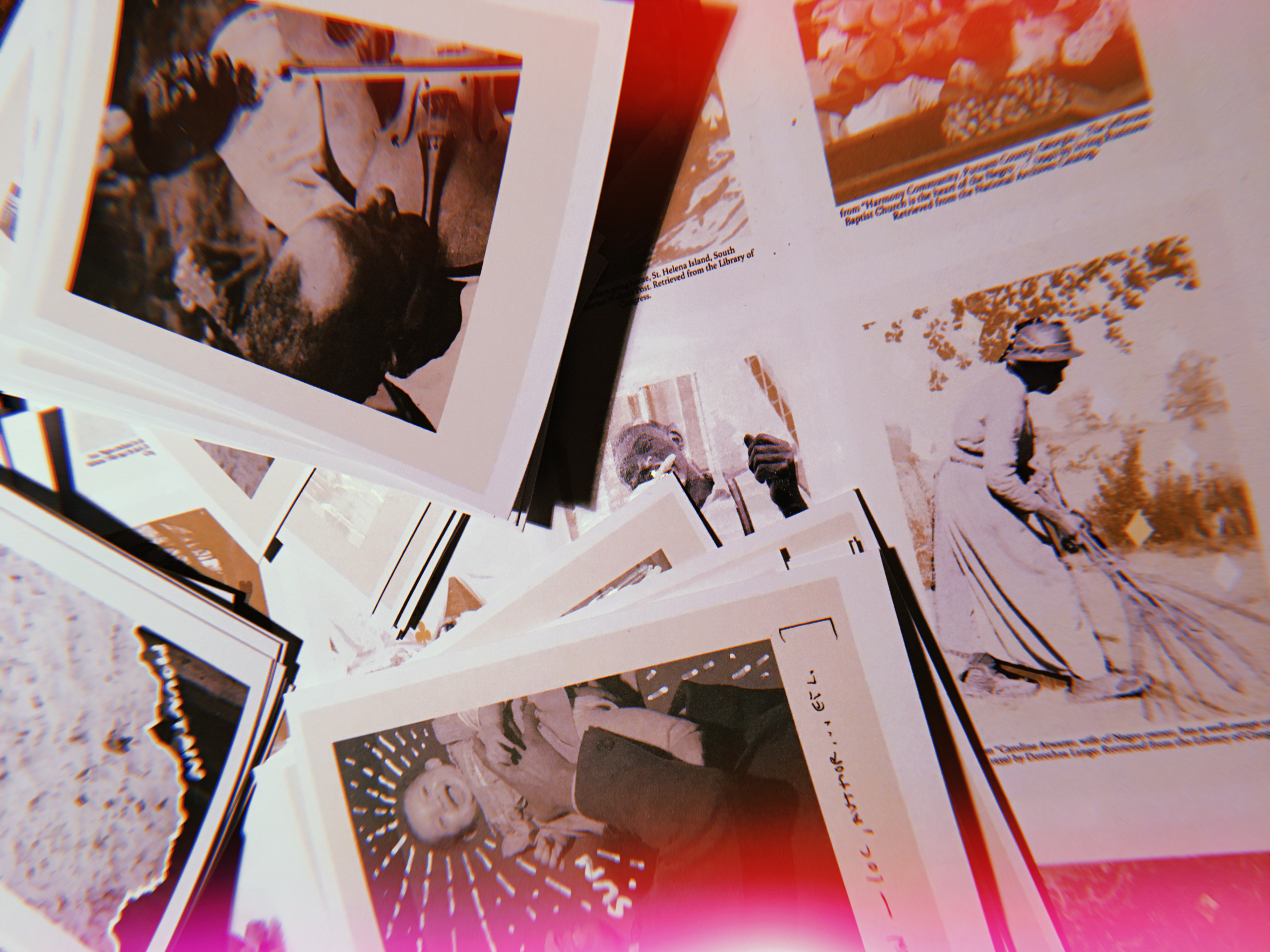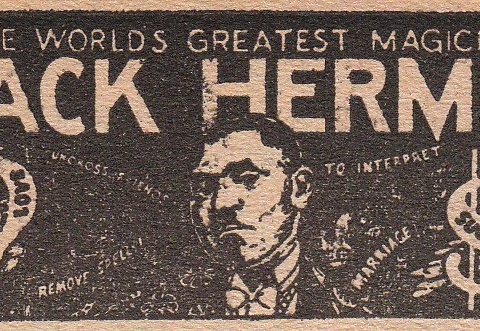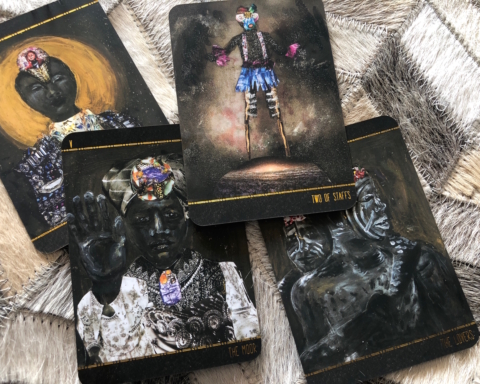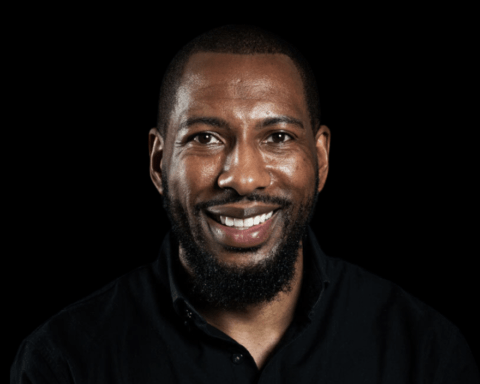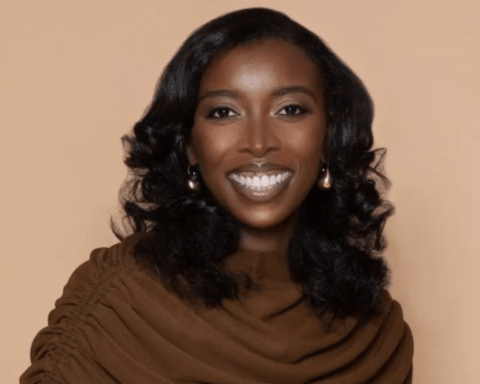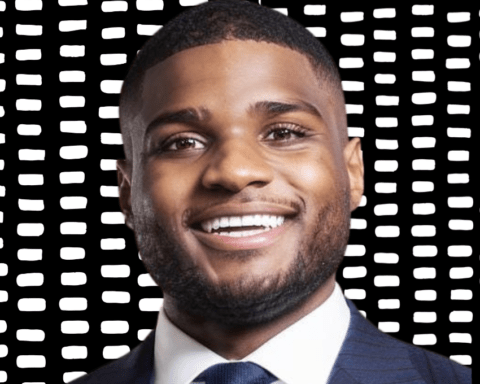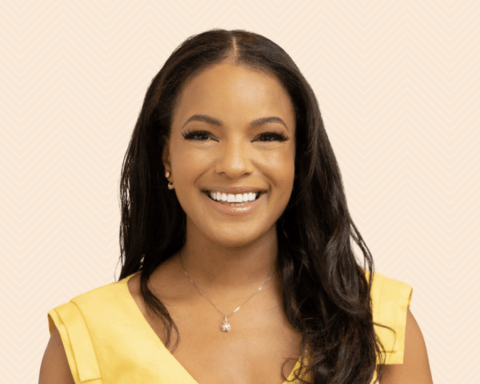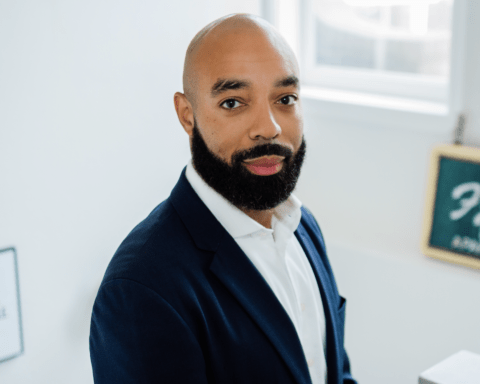There’s no denying that African Tradition Religions and African Diasporic Spiritual practices are experiencing a reawakening as more people, particularly Black millennials, become disillusioned by Judeo-Christian institutions and dogma. Within that framework, Black Americans are also increasingly finding their way back to Hoodoo, which has finally been afforded the same status as a formal African Diasporic religious system alongside more well-known systems such as Candomble, Haitian Vodou, Santeria, and Lukumi. Within that framework, a variety of traditional European divination tools have also been reworked and reimagined by Black creatives. The Black Gold Lenormand created by Tea is one of them.
My first experience working with a Lenormand deck was several months ago while my family and I were staying at the home of some close friends during our home renovation. I was in a difficult place personally, stressed beyond imagination, and facing tough decisions. My acupuncturist asked if she could pull a card for me after one of my sessions and she used a Lenormand deck. It was my first time even hearing about it. My traditional tarot deck was useful (along with of course more formalized support from my godparents and Orisa, I am a Sango priest and Lukumi practitioner after all).
But as it relates to some of my day to day communicating with Spirit, I was looking for some direct answers to a particular situation. In my own practice, some things are so trivial that I wouldn’t even think to go to Orisa with them. Also, I think there’s something to be said about discerning when it’s time to go to Orisa and when it’s time to go to Egun for those of us who are both spiritualists and Lukumi priests. Needless to say, the Lenormand deck was so direct that I was blown.
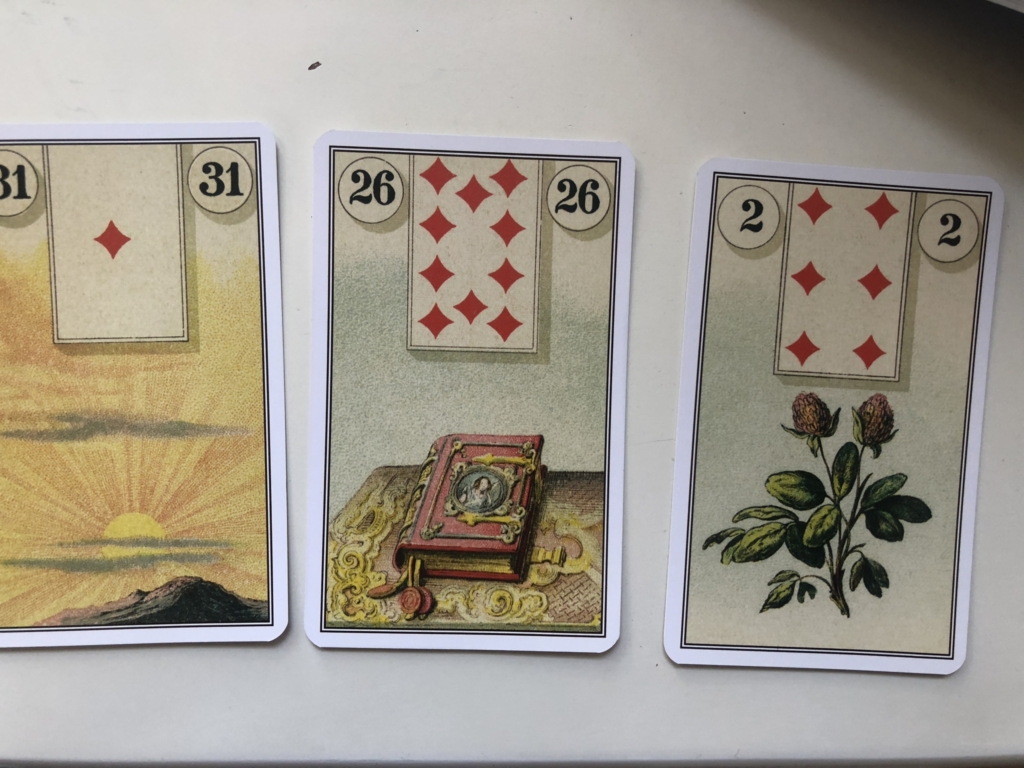
Many of you like me when my acupuncturist brought it up, are probably wondering what the hell is a Lenormand deck? Similar to tarot, it’s a system of divination that originated in Europe a couple centuries ago. Based on 36 cards with simple imagery, the cards address more tangible issues in a questioner’s life. Named for a French woman, Madame Marie Anne Lenormand, the cards became more famous upon her death.
Also like Tarot, given its origins, most Lenormand decks are Eurocentric which is why I wasn’t surprised when I only found one deck to include in my list of Black created tarot and oracle decks. However, after posting and launching beaucoup hoodoo, I learned about one more. Someone (who I oddly can’t recall now) suggested that I check out the Kickstarter Campaign for the Black Gold Lenormand Deck. The deck seemed right on time! Spirit also led me to reach out to its creator, Tea, to learn more about the inspiration behind the project, her foray into Hoodoo and ultimately how Hoodoo saved her life.
You can check out Tea’s Kickstarter Campaign and purchase a deck (or a bundle wholesale for your shop or to gift to family and friends HERE.
– Shantrelle P. Lewis, retired curator, Sango Lukumi priest and Hoodooist. You can catch me at @beaucouphoodoo.
What was your entry point into oracle decks and tarot?
My entry point was being a sex worker and an activist living in New York City. Being a part of a marginalized and criminalized community, where I met others who were committed to using every tool we have available to us. There are a lot of Black healers and mediums living and working in the margins. Where folks need the medicine the most, there’s Black spiritual workers, trust.
These were my first encounters with folks who saw not only me but the ancestors around me. Specifically my paternal grandmother. And cards were a way for me to receive these communications, so I could hear their messages more clearly. I didn’t just want to listen to folks relaying messages from my grandmother. I knew I needed to be able to speak directly with her, too.
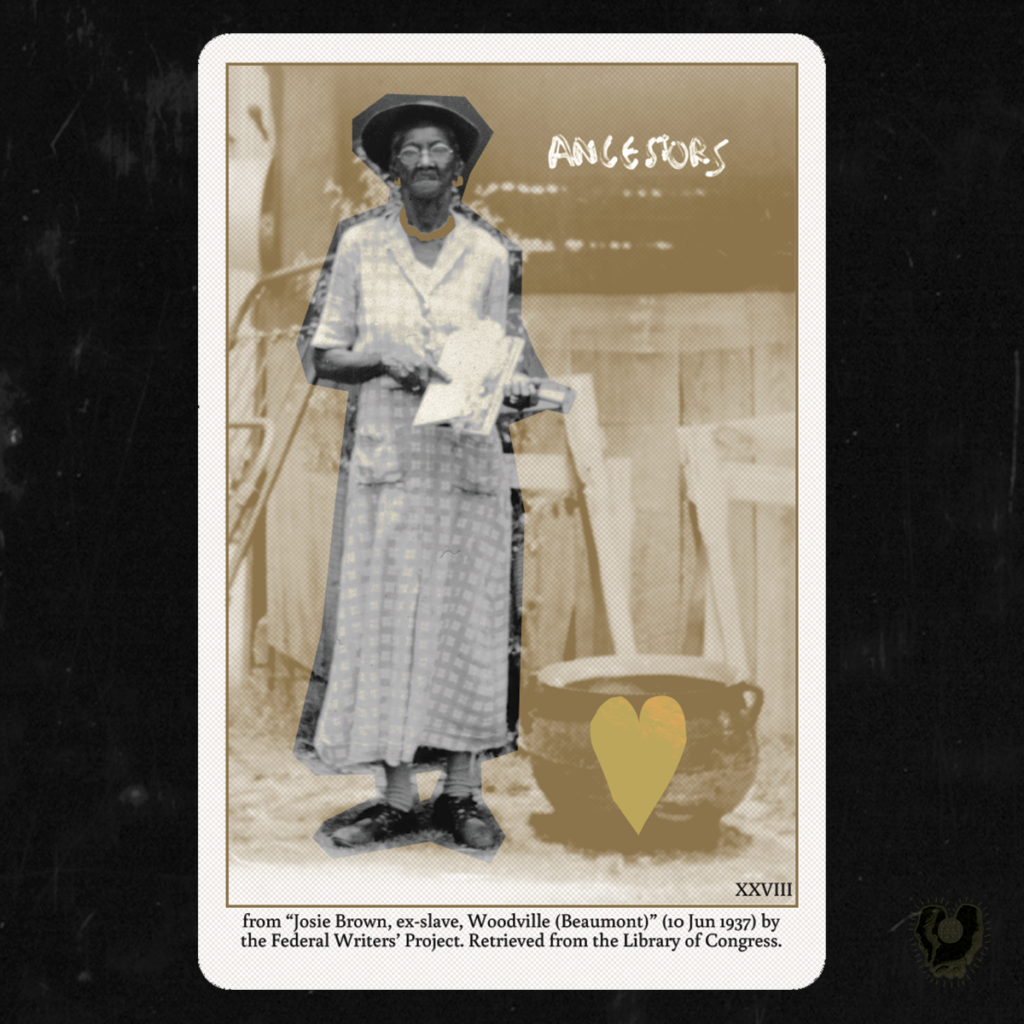
On IG, you’ve mentioned that the concept behind your brand was inspired by your grandparents. How have your elders and ancestors inspired your work?
At the time my maternal grandmother was transitioning, I had begun working in a Black-owned apothecary in my hometown. I used my employee discount to buy her plant medicine to help ease her aches and pains. And the last photo I took of her was her hands cupped around a balm lovingly prepared by the woman who owned the apothecary, another sort of grandmother in my community. I turned up at her shop door without a real resume, and after one conversation she hired me in the shop.
The role of these Black matriarchs in my life––from my paternal Granny’s spirit coming to me when I was at my most vulnerable and frightened, to my maternal grandmother who loved me loudly and unconditionally, to this woman running an apothecary who saw me and said I had a gift I needed to share––these women saved my life. Any work I do I owe to them. I am honoring them. And of course, there’s Grandma Baby Suggs of Toni Morrison’s ‘Beloved’. I read that book after I reached Australia when I was wondering what the hell I was going to do with my life. That novel, too, was a balm. The Grannies I know by blood, the community Granny who adopted me, and even the fictional one in Morrison’s novel. Have 100% inspired me to be where I am today, doing what I’m doing.
Why did you choose to create the Black Gold Lenormand as opposed to any other oracle or tarot deck?
I’m not gonna lie, tarot isn’t exactly my jam. Not by itself. It’s taken me a long time to pick up the language of tarot. There’s hella cards, and some of them are a little redundant. I’m someone for whom less is more. Simple spreads, basic symbols––or my thoughts get disorganized and messy and my mind wanders all over the place. When I discovered Lenormand it just felt so intuitive for me. The symbols, their accessibility, the way my folks speak through them…it clicked. I structure my readings like a highschool essay. I have Lenormand at the top, bringing the main argument, and Akamara tarot on the bottom row, rounding out the argument with some nice details and supportive evidence.
What’s your relationship to Hoodoo?
When I was in college a very traumatic thing happened to me, and I was far away from my family and that support system. That was just how it was. And it was too much to handle on my own. But it became clear to me the people who were around me at that time couldn’t save me and didn’t really see me, so I intuitively began crafting a way to cope. I bought wax for candles, I bought Black dolls and covered my dorm walls with pictures of beautiful Black people. I built a shrine with fairy lights and Black sculptures. I was never someone who smoked or was attracted to smoking but I was absolutely chain-smoking American Spirits.
Up to then, I’d lived about half my life in the church and half resenting any kind of religious institution for the blatant hypocrisy and corruption they facilitated. I didn’t know who the hell I was calling on in my dorm with that altar, or what I was doing. And it probably could have been dangerous, from what I know now about conjuring without discernment. But I remember I made a wax figure I put in an old glass bottle, and on the face of the bottle I put a photo of my paternal grandmother. And I kept that in my room. I kept the names and faces of people who loved me. And years later, when I no longer had that room or those photos or bottles, when I was in New York and sleeping on a mattress on the floor and too depressed to leave my room––she came for me.
So loudly folks could see and hear her around me. My guy at the botanica was handing me my purchases and said, “That’s your grandmother!” My relationship to Hoodoo is by blood and by spirit. I had Hoodoo before I knew Hoodoo had a name. I had it coded into my blood and my spirit, for me to use when I needed it.
How did you find your way to African Traditional Spirituality?
I found my way into this formally by stumbling across an article interviewing real witches for their thoughts on Netflix’s Sabrina series. A Blitch (Black + Witch) called Daizy of ‘The AfroMystic’ mentioned she had a group for Black folks to learn about and discuss our indigenous traditions. So I found that group of Black folks, found valuable resources and community support. A lot of things began to resonate with me. I realized African Traditional Spirituality was something I needed to commit to practicing. Not just dabble in or stumble my way through blindly.
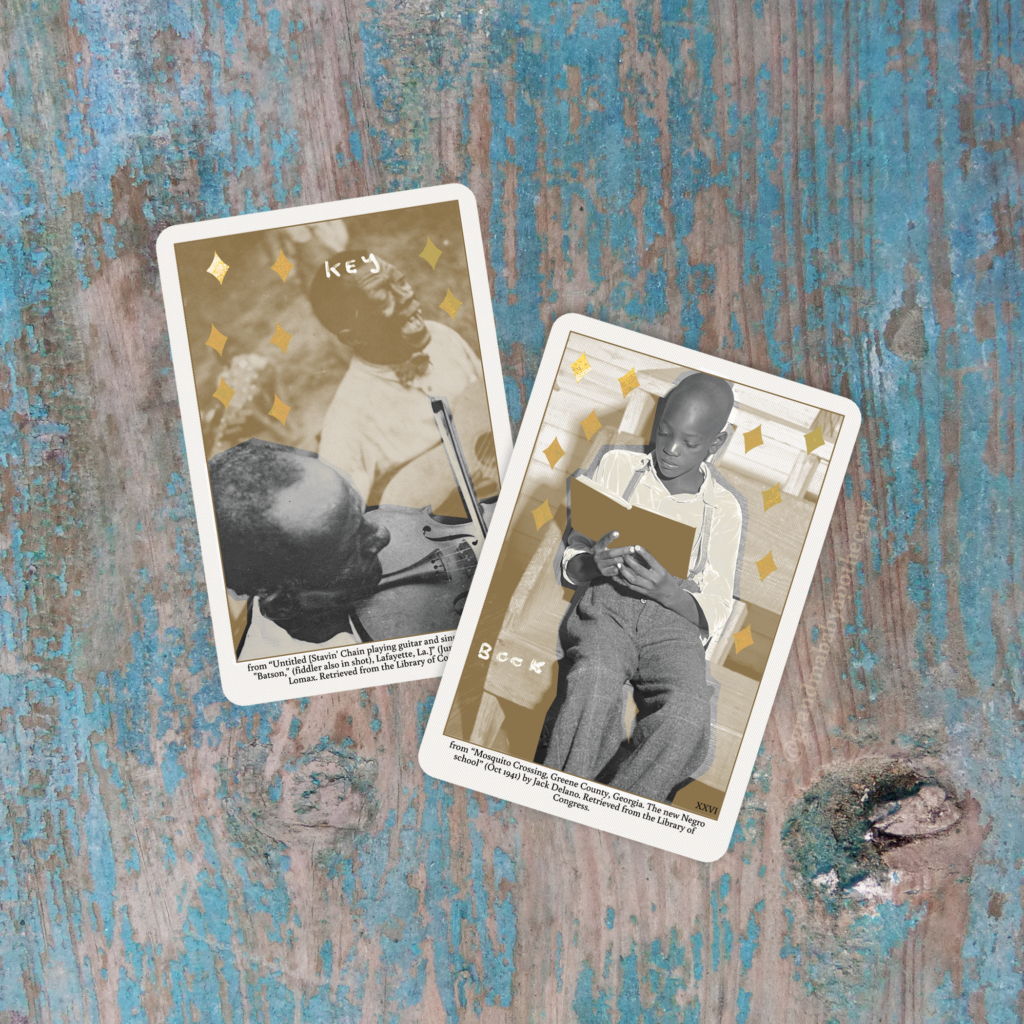
What struck me most about your deck is the fact that not only did you conceive of the cards, but you are also the artist behind them. Are you a trained artist? What was this process like?
I’m an artist, and I typically work with found objects/materials. When my mom was hyping up Little Fires Everywhere to me, she was like “Kerry Washington is playing YOU!” If you watch her creative process on the show, it’s me but without the weed, haha. I went to art college, and that taught me I was expecting way too much from formal art institutions. I was in an on campus group called B.A.A.D. (Black Artists And Designers) and we were a bunch of kids who became increasingly more disillusioned with the state of the art world. Spoiler: there’s hella racism and theft there.
A non-Black student in my class hanged a dummy from a tree in a Black neighborhood and got the cops called on him. He said the piece had nothing to do with racism. That’s a small taste of the environment a Black artist has to navigate. I didn’t make art for four years after I graduated. I did little graphic design jobs for nonprofits but nothing for myself. I think rekindling my creativity went hand in hand with kindling my spirit. I began this project as one of a few I had finally begun doing for myself. I wanted some cards I could better connect to when communicating with my spirits.
When I started I just couldn’t stop. It became its own thing, and it kind of demanded to be shared. Which is frightening when you’re someone who doesn’t really have a social media presence, who is used to hiding in the margins and making myself invisible in order to survive, and I’m especially private about and protective of my spiritual life. But my spirits were adamant. So after I had tweaked and retooled the deck so many times, and then this pandemic hit, ancestors said, “What do you have to lose? Why continue to wait?”
There was also a great deal of research that give life to the Black Gold Lenormand. Was this research that you were already engaged with prior to conceiving the deck or is something that came after?
It’s probably a mix of both. There’s the Hoodoo history I learned through community with folks who’ve collected the documents, stories and experiences of our people. And then there’s what I learned from the photos I sourced, from the archival notes and the old-timey captions. There’s what I learned from setting the intention to read only Black writers for going on two years now.
If you choose to look at our history, at our stories, and also look back at your own experiences with family and culture––you can see it all coming together to weave a rich tapestry of our beautiful indigenous magic. Our legacy, our history has heavily featured our magic hiding in plain sight. And to be honest, that’s not something you can put into a deck, even though I tried my best.
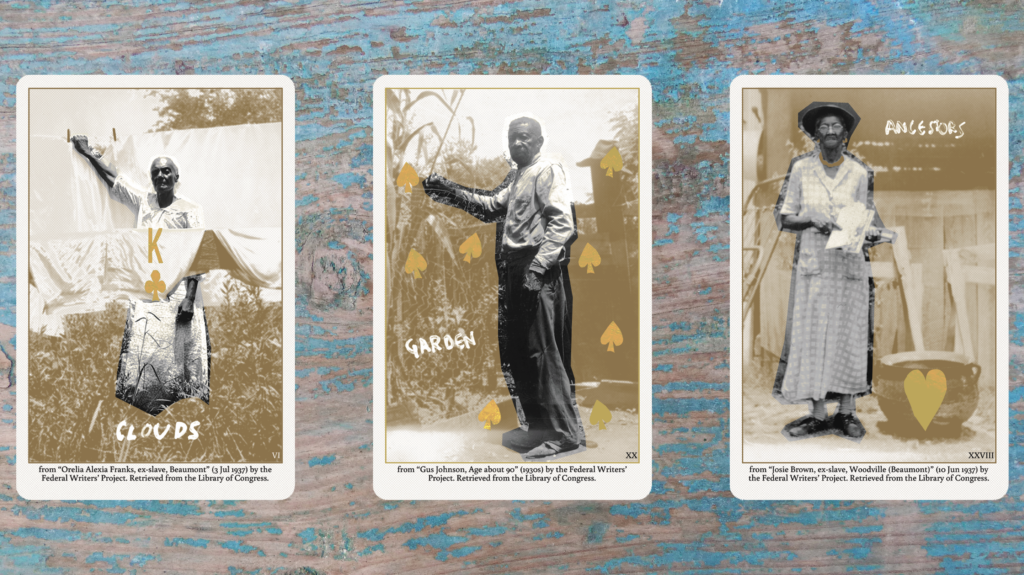
What advice would you give to someone who has never worked with a tarot or oracle deck about why this form of divination and discernment is so useful as a tool?
When I talk to my ancestors, when I sit at my altar and throw my coins and pull my cards, I’m in a space where I feel so much love and support. I get loving messages from my folks. I know they’ve seen my at every stage of development and every moment of weakness, and I’m given unconditional love by folks who endured centuries of torture and dehumanization for me.
Who else am I gonna talk to? Who else am I gonna call on? Who would you ask for advice? Politicians, celebrities? Why not ask the people who love you and are standing by to work for you? Card divination is the language I knew I needed to learn to speak to my folks directly. If you want to experiment with communicating with ancestors, I recommend giving cards, cartomancy, a shot!
For people who are experienced readers, why should they add your deck to their collection?
I took a photography course, and was blessed to have a professor who set aside an entire lesson about how photography has a built in racial bias and in order to capture Black folks on film you have to be intentional about the way you use light. It’s like code switching but with a camera. Think of these cards like your code switching cards. If you’re going to speak with Black ancestors, wouldn’t you want to use a tool that’s crafted intentionally for it?
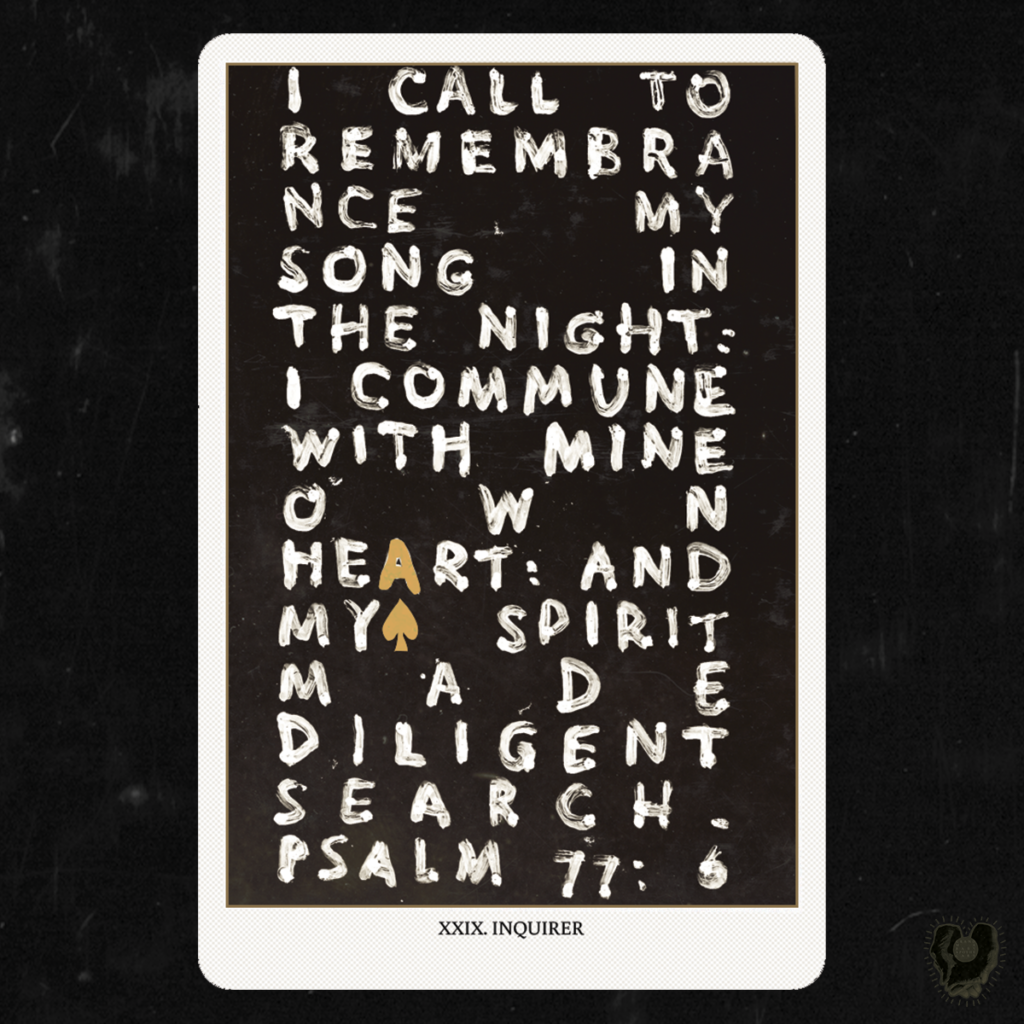
What are some of the spiritual practices, beliefs and rituals that keep you grounded, especially in times like these?
Spiritual hygiene! A spiritual bath, smoke cleansing my space, covering my head, placing protection on all entrances to my home, praying over those same entrances, keeping my altar spaces tidy (okay, I’m not really the best at that part because my altar room is also my studio). Having coffee and breaking fast at the start of the day with my folks. And recently I’ve taken to just spending time in my altar room whenever I feel raggedy and anxious.
Lastly, what are the names of some of your ancestors?
I’ve always heard that altars and whoever you keep on them is private. I could just be a paranoid Scorpio, but just in case…
LOL. Definitely Scorpio-ish sentiments. I respect that response. In keeping with how I’ve been taught, Peace, Light and Progress to their Spirits all the same.
Subscribe and Follow SHOPPE BLACK on Facebook, Instagram &Twitter
Get your SHOPPE BLACK Apparel!
Podcast: Play in new window | Download

